Welcoming Incoming Students: Mustang Ambassadors
November 20, 2019
Before 2005, Mason included both middle and high school grades. In the school year 2005-2006, Mary Ellen Henderson was created, separate from Mason. However, 8th-grade students were still included in high school (until 2016), unlike many high schools. When the middle school was completed, the Mustang Ambassadors program started, “to help the 8th graders feel integrated with the rest of the high school students, and comfortable as they transition from middle to high school,” Bryan McAdam, a guidance counselor at Mason, said. The creator of the program, Spanish teacher Suzanne Planas, was the sponsor of the program from its first year until she retired this past school year.
The current sponsor, math teacher Kristin Sherard, says that the program has the same purpose today as it did in 2005.
“The main role of a student ambassador is to be the first student contact of any new students or freshman at Mason,” Sherard said.
The program consists of around 50-60 juniors and seniors, depending on how many freshmen and new students there are. Before the school year starts, Ambassadors attend the freshman and new student orientation along with the students, and send letters to each student’s home, inviting them to the orientation and to welcome them to Mason.
During the orientations, the Ambassadors take their designated stable groups or new students around the school for a few hours, and show them around to their classes, lockers, and highlighted places like the library and gym. This year there are 53 Ambassadors in total, and according to Ms. Sherard, the goal is to have at least 2-3 ambassadors in each freshman stable group.
For all of Quarter 1, the freshmen were given the opportunity to have a homeroom period every Tuesday during mustang block with the Ambassadors. During this time, the ambassadors gave students lessons on how to study for exams, how to handle stress, and where resource areas are located in the school, like the writing lab, ESR, and others.
In order to become an Ambassador, students have to complete the student ambassador application. In the application, students have to answer a few questions like, “Why do you want to become an ambassador?” as well as getting two teacher recommendations. Teachers answer the question, “Do you recommend this student? Why or why not?”
“When choosing the ambassadors, we look for a wide variety of people,” Ms. Sherard said. “Five or six years ago, the program was very homogeneous. Ambassadors were mostly all taking very high classes, involved in student council, National Honors Society members, and were all very academically involved. We wanted to tweak the program by having more of a variety of students with different hobbies and interests in order to reflect all of Mason.”
When students send applications, the program’s Executive Board goes through each application and makes decisions on who should be an Ambassador. This year there are three students: senior Chiara Tartaglino, senior Sofia Heartney (the president), and junior Olivia Pilson (next year’s president). Usually, they try to have one junior who will be the program’s president the following year, along with four seniors (including the current president) on the Executive Board.
“We definitely choose students who are high achieving academically, however, we may also have students who periodically get B’s and C’s, but are involved and are responsible. We mainly look for students who know what they need to do, and want to share the love for Mason with new students.” Sherard said.
The program has been a part of Mason for a long period of time, and although some aspects of it have been altered, the main goal has stayed the same: represent the culture of the student body and to welcome the incoming students to our community.
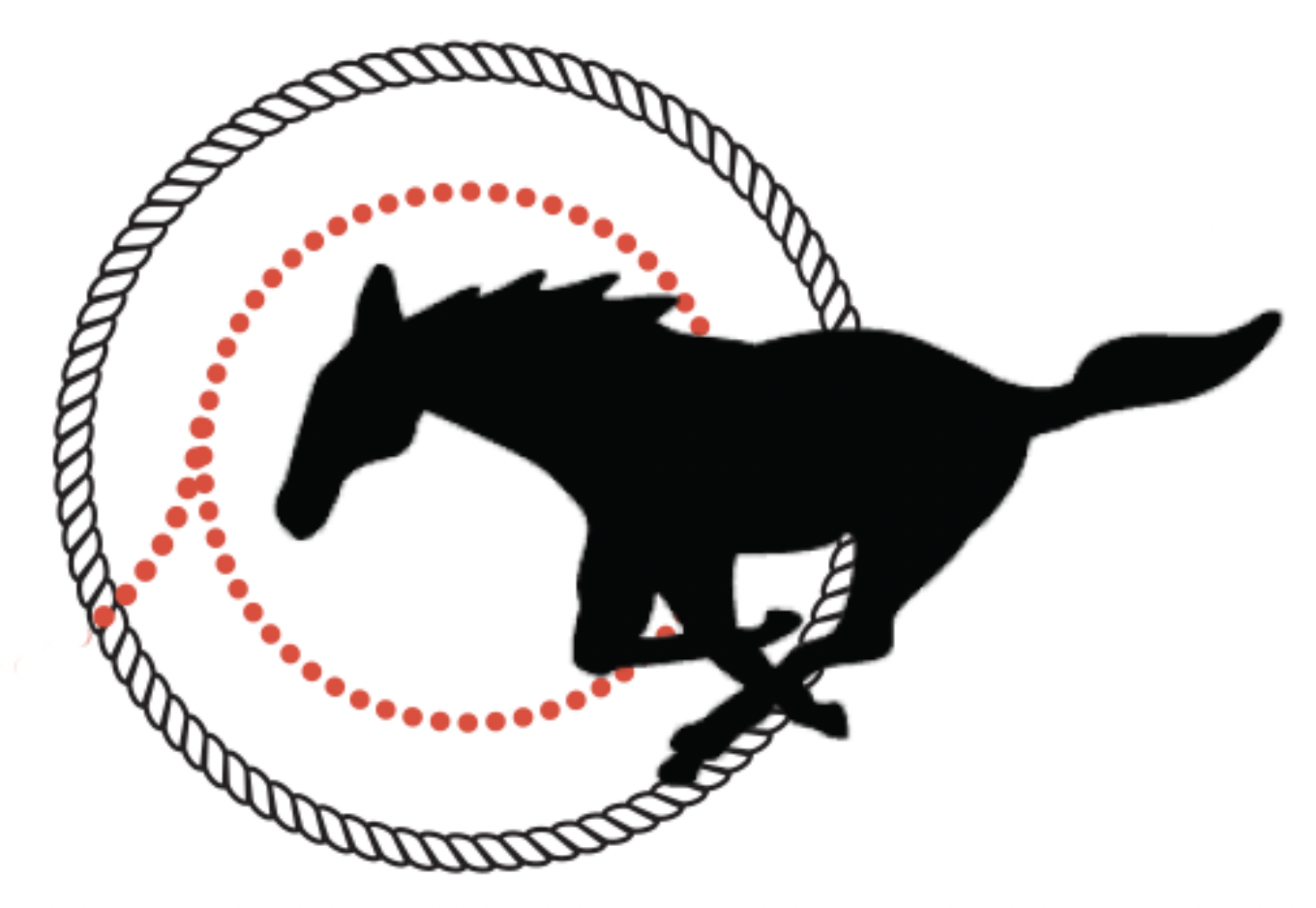

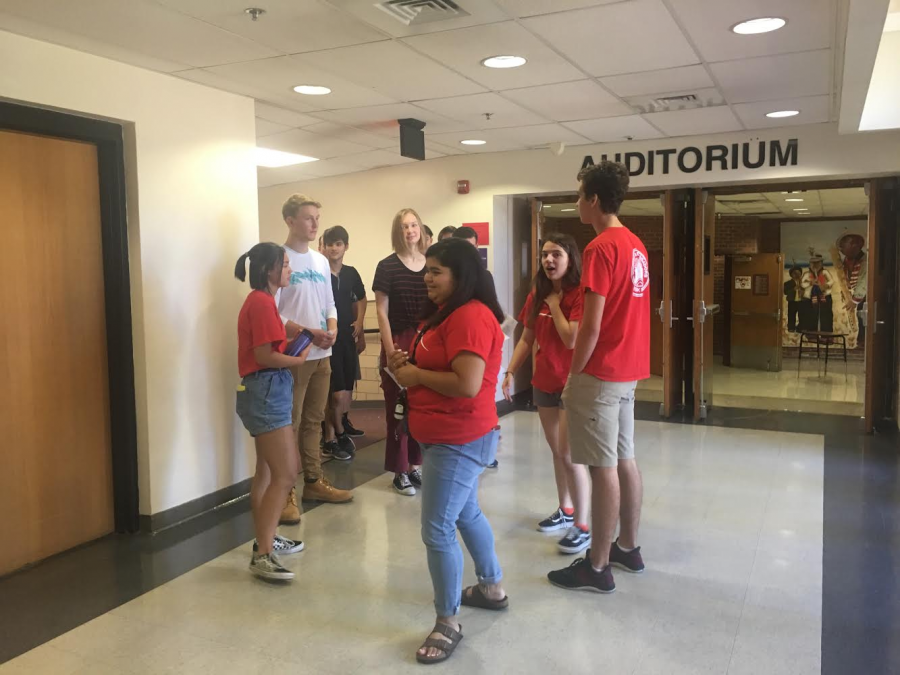
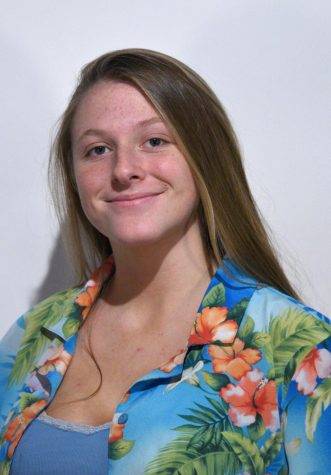
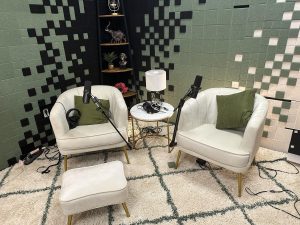

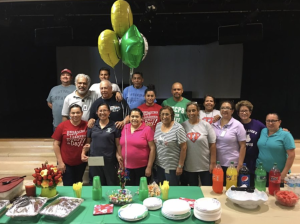

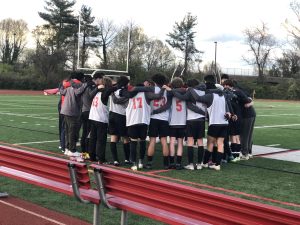
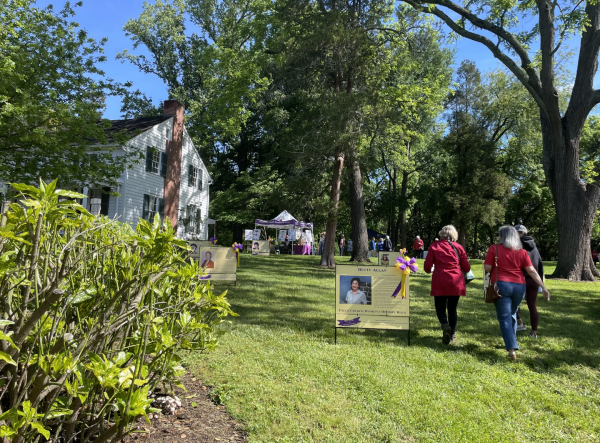
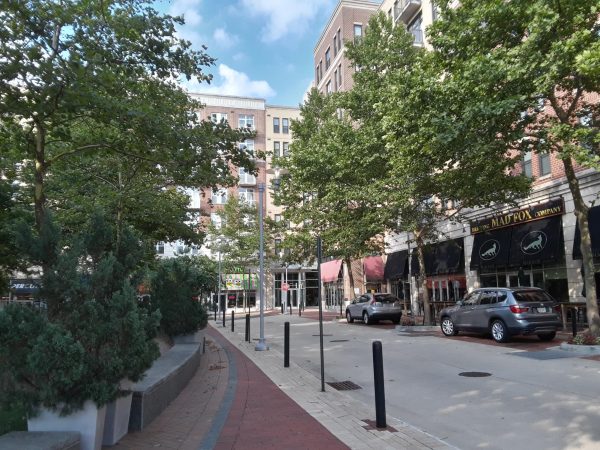
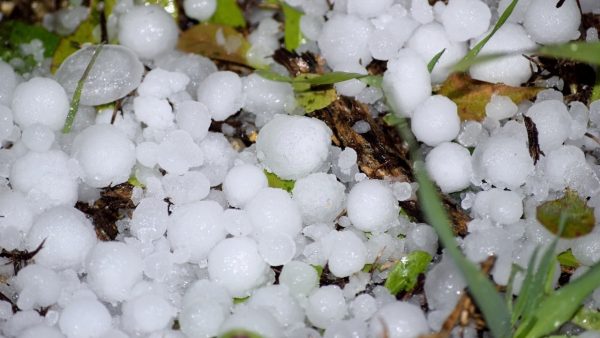

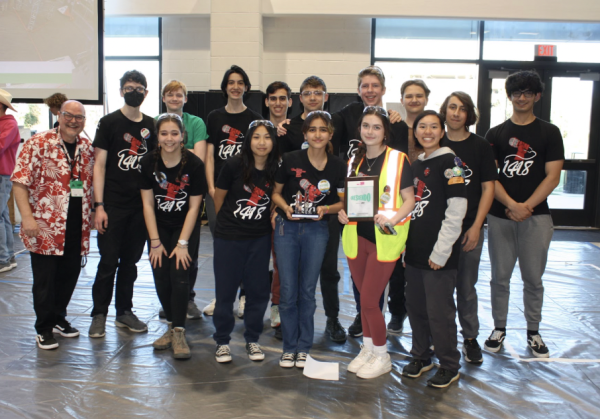
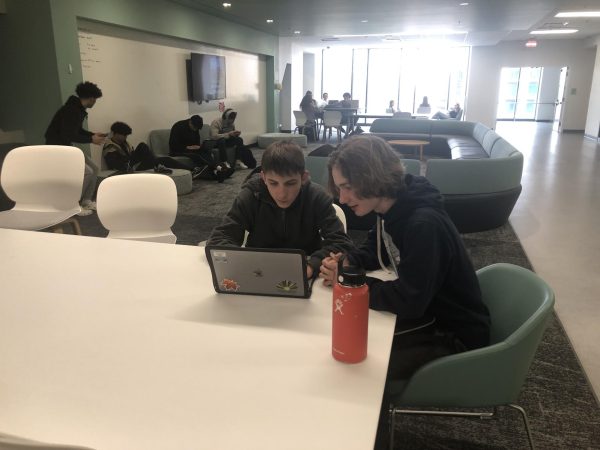
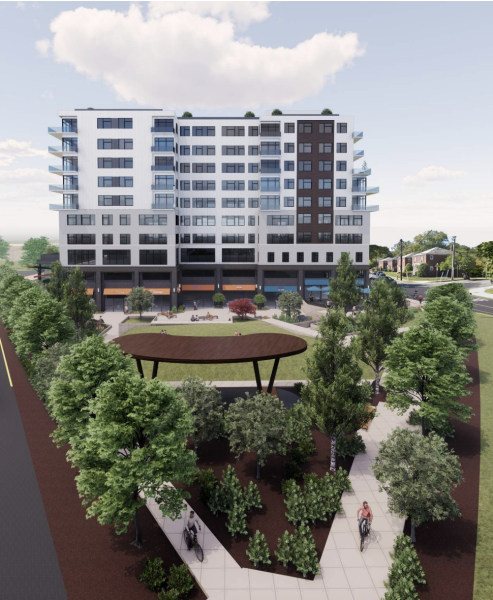
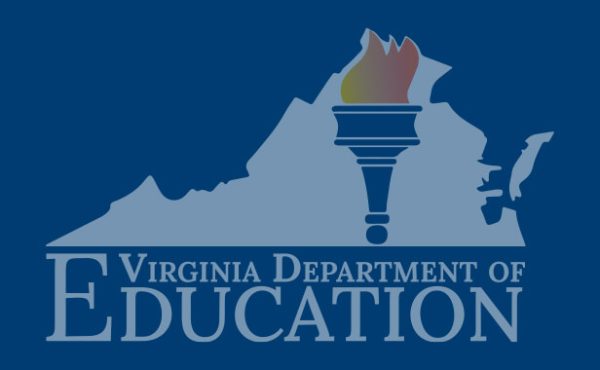
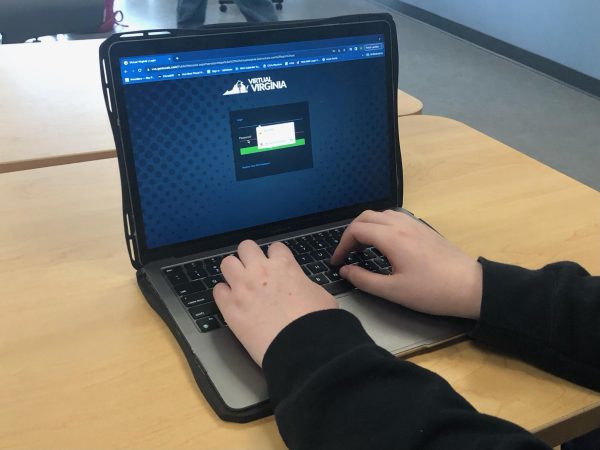

Sierra • Dec 4, 2019 at 12:11 PM
I didn’t know Sra. Planas created Mustang Ambassadors! What a woman!